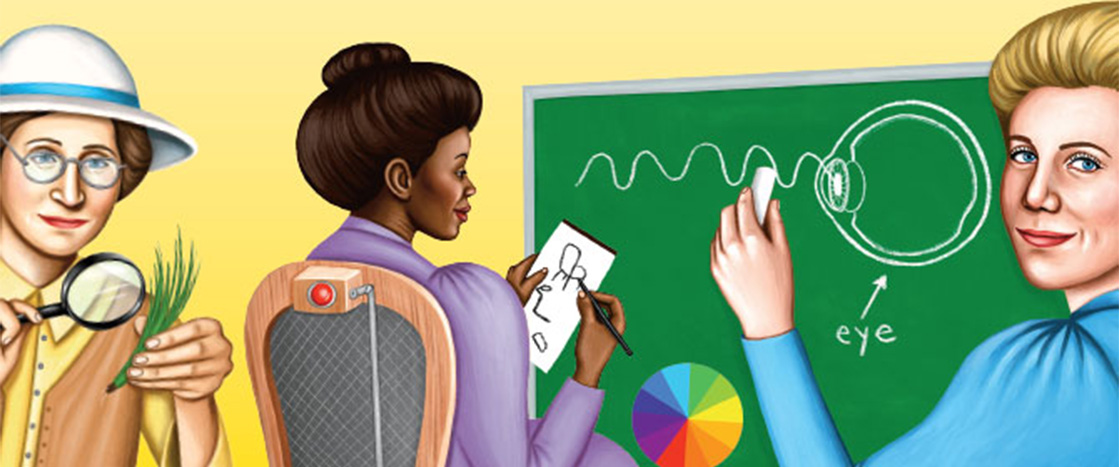A hundred years ago, states approved the 19th Amendment to the United States Constitution. It guaranteed American women the right to vote. Women had been advocating for this right for decades. At the time, women were not considered equal citizens. Most occupations weren’t open to women. Even today, women—especially women of color—are still fighting for equality.
These barriers didn’t stop women from doing amazing things, including making advances in science, technology, engineering, and math (STEM). Meet three women who worked in STEM 100 years ago.
States approved the 19th Amendment to the United States Constitution 100 years ago. The amendment gave American women the right to vote. Women had been advocating for this right for decades. Women were not considered equal to men at the time. Most occupations weren’t open to women. Women are still fighting for equality today, especially women of color.
These barriers didn’t stop women from doing amazing things. Women made advances in science, technology, engineering, and math (STEM). Meet three women who worked in STEM 100 years ago.

